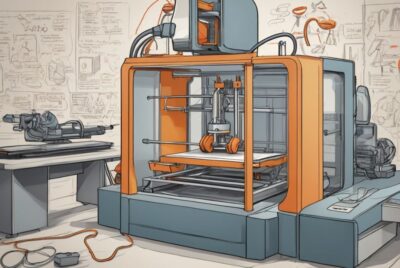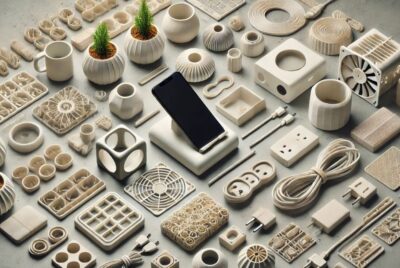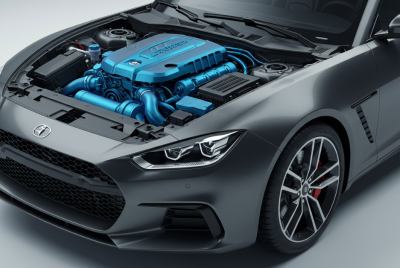From Sketch to Sculpture: The Journey of Comic Characters through 3D Printing
Unveiling the Magic of 3D Printed Comic Characters
Imagine stepping into a world where your favorite comic characters leap off the page, taking on a life of their own. This is the magic of 3D printing in the realm of comics – a groundbreaking blend of art and technology that’s transforming sketches into tangible sculptures. In this article, we’ll embark on an exciting journey, exploring how the fusion of 3D printing and comic artistry is not just a novel idea but a vibrant reality. We’ll delve into how this technology is revolutionizing the way we interact with and appreciate comic characters, bringing them to life in ways previously confined to the imagination. From the intricate design process to the final, awe-inspiring 3D print, we’ll uncover the layers of creativity and innovation that make this journey truly remarkable. Join us as we unveil the fascinating transformation of comic characters from 2D sketches to 3D masterpieces, a journey where every curve and contour tells its own unique story.
The Rise of 3D Printing
Tracing the Evolution of a Revolutionary Technology
The Dawn of 3D Printing
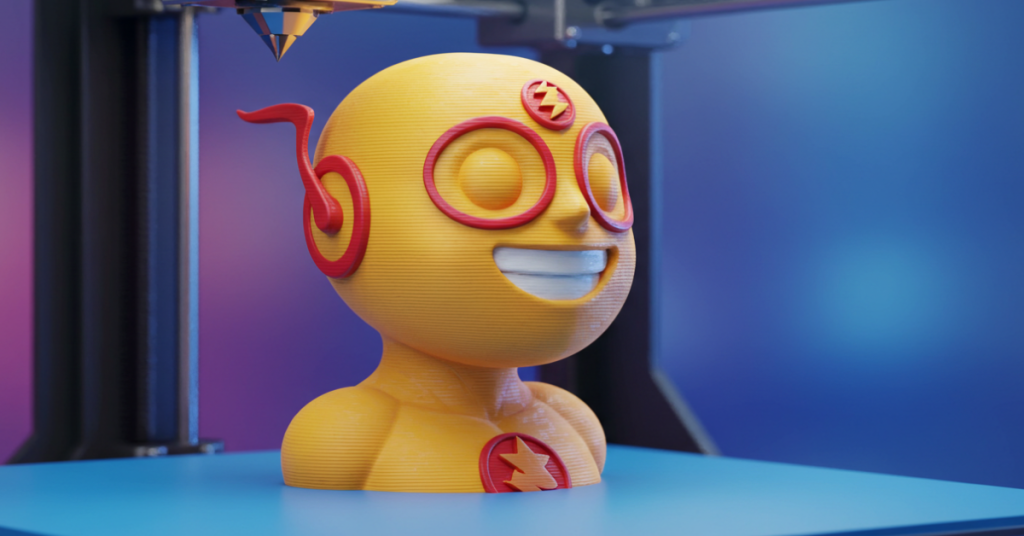
The story of 3D printing begins in the 1980s, emerging as a groundbreaking technology for rapid prototyping. It offered a novel method of bringing designs to physical form, revolutionizing the way creators and engineers approached the design and manufacturing process.
Early Stages and Prototyping
In its infancy, 3D printing was primarily used for creating prototypes, allowing for quick and cost-effective development of new product designs. This phase marked a significant shift from traditional manufacturing methods, setting the stage for more complex applications.
Expanding Horizons
As the technology advanced, 3D printing moved beyond prototyping into actual production. This transition was fueled by advancements in printing materials, precision, and speed. Industries such as aerospace, automotive, and medical began to adopt 3D printing for end-use parts, highlighting its versatility and potential.
The Era of Accessibility
A pivotal moment in 3D printing’s history was the introduction of affordable, user-friendly printers. This democratization of technology enabled hobbyists, small businesses, and educational institutions to explore 3D printing, sparking a wave of innovation and creativity.
Impact Across Industries
The impact of 3D printing has been profound across various sectors. In healthcare, it has enabled the customization of prosthetics and implants. In architecture, it offers new ways to construct complex structures. In the arts, it has opened new avenues for creative expression.
In the realm of comic art, 3D printing has brought a unique dimension. It allows the transformation of beloved 2D characters into detailed 3D models, offering fans a new way to connect with their favorite stories and characters.
A Future of Endless Possibilities
Today, 3D printing stands at the forefront of technological innovation. Its journey from a prototyping tool to a multifaceted manufacturing method illustrates its potential to continually reshape industries, including the vibrant world of comics.
Comic Characters & 3D Printing: From Flat Panels to Tangible Models
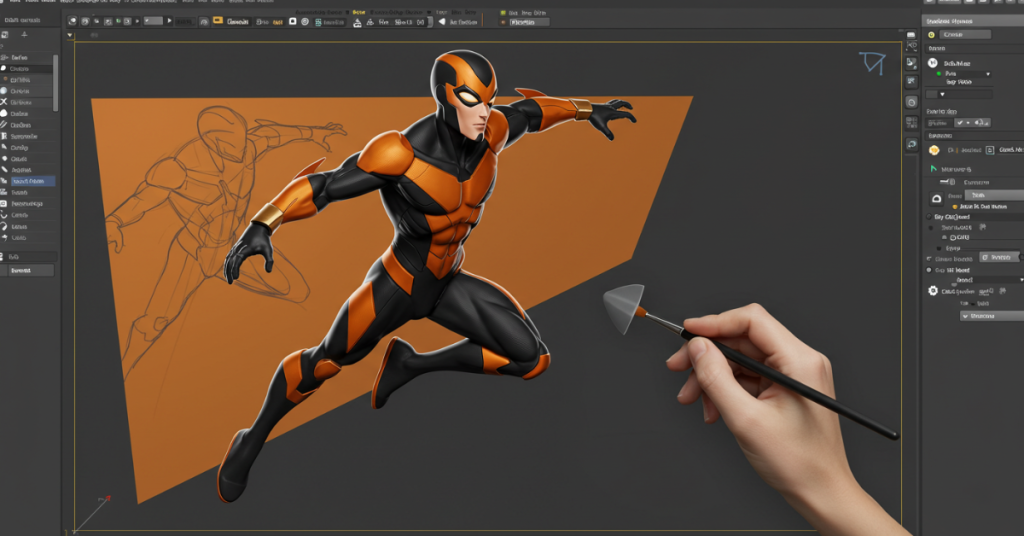
A New Dimension for Comics
The fascinating world of comics has always captivated audiences with its vibrant illustrations and compelling narratives. However, the advent of 3D printing technology has begun to transform these beloved 2D characters into tangible, three-dimensional models, adding a new layer of interaction and engagement for fans.
The Transformation Process
The process of bringing comic characters to life through 3D printing starts with detailed digital sculpting. Artists meticulously convert the 2D comic art into 3D models while preserving the characters’ essence and iconic styles. This task requires not only artistic skill but also a deep understanding of the comic characters’ personalities and histories.
Preserving Character Integrity
One of the biggest challenges in this transformation is maintaining the integrity and recognizability of the original comic characters. The transition from a flat illustration to a 3D form must honor the artist’s original vision and the character’s established aesthetics. This often involves collaboration between comic artists and 3D modelers.
Interactive Storytelling
3D printed comic characters offer an innovative form of storytelling. Fans can interact with their favorite characters in a physical space, allowing for a more immersive experience. It’s not just about visual appreciation; it’s about bringing the stories and characters into the real world.
Technological Challenges and Innovations
The evolution of 3D printing technology plays a crucial role in this transformation. Advances in printing resolution, color capabilities, and material variety allow for more detailed and lifelike renditions of comic characters.
A New Era for Comics and 3D Printing
The fusion of 3D printing and comic art is more than a technological achievement; it’s a new frontier in storytelling and character portrayal. As 3D printing technology continues to evolve, so too will the ways we experience and interact with the fantastical worlds of comics.
The Design Process: Tracing the Evolution of 3D Printing Technology
The Advent of 3D Printing
3D printing technology, a cornerstone of modern manufacturing, has evolved significantly since its inception. Emerging in the 1980s, it began primarily as a rapid prototyping tool. Engineers and designers leveraged this technology to accelerate product development, iterating designs swiftly and more efficiently.
Technological Advancements
As the technology matured, so did its applications. From prototyping, 3D printing expanded into actual manufacturing, capable of producing finished products. The development of new printing materials and techniques opened doors to diverse industries, including aerospace, automotive, healthcare, and consumer goods.
Accessibility and Community Growth
The rise of affordable, user-friendly 3D printers marked a new era. It brought the power of manufacturing to small businesses and hobbyists, fostering a community of makers and enthusiasts. This accessibility has spurred innovation and creativity, allowing anyone to bring their ideas to life.
Impact on Various Sectors
In healthcare, 3D printing has been revolutionary, enabling the production of custom prosthetics and medical implants tailored to individual patients. In fashion and design, it has allowed for
the creation of intricate, complex structures, pushing the boundaries of traditional manufacturing methods.
3D Printing in the Comic World
In the realm of comics, 3D printing has opened a new frontier. It transforms beloved 2D characters into tangible 3D models, creating a unique physical connection between fans and their favorite characters. This evolution extends beyond mere replication, allowing artists to explore new dimensions of storytelling and character development.
A Future Ripe with Possibilities
The journey of 3D printing technology is a testament to human innovation. Continually evolving,
it promises to keep pushing the boundaries of what’s possible, reshaping our world in ways we are only beginning to imagine.
Printing Techniques: Exploring the Diversity of 3D Printing Methods
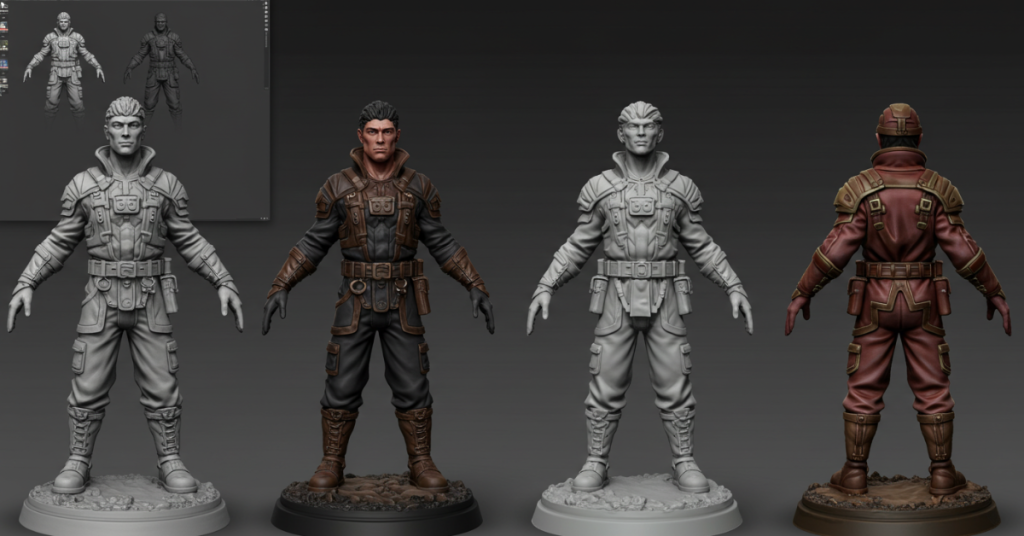
The Spectrum of 3D Printing Techniques
3D printing, also known as additive manufacturing, encompasses a variety of techniques, each with unique attributes and applications. Understanding these different methods is crucial for anyone delving into the world of 3D printing, especially in creative fields like comic character production.
Fused Deposition Modeling (FDM)
FDM is the most widely used 3D printing technique. It involves extruding thermoplastic filaments through a heated nozzle, layer by layer, to create a 3D object. This method is popular for its simplicity and affordability, making it a favorite among hobbyists and beginners.
Stereolithography (SLA)
SLA, one of the first 3D printing techniques developed, uses a laser to cure liquid resin into solid plastic. This method is renowned for its high precision and smooth surface finish, making it ideal for detailed models, such as intricate comic characters.
Selective Laser Sintering (SLS)
SLS employs a laser to sinter powdered material, typically nylon, to create a solid structure. It’s known for its strength and durability, making it suitable for functional parts and complex designs that require high detail.
Digital Light Processing (DLP)
DLP is similar to SLA but uses a digital light projector to cure the resin. It’s faster than SLA and provides a similar level of detail and smooth finishes, ideal for detailed figures and models in the comic realm.
Multi Jet Fusion (MJF)
MJF, developed by HP, uses an inkjet array to apply fusing agents to a bed of powdered material. It’s known for its high speed and ability to produce robust, high-quality parts, suitable for both prototyping and production.
Choosing the Right Technique
Each 3D printing technique offers unique advantages and limitations. The choice of method depends on the project requirements, such as the level of detail, material properties, and production speed. For comic characters, the decision often hinges on the desired aesthetic and physical properties of the final model.
Challenges & Solutions in 3D Printing: Navigating Common Hurdles
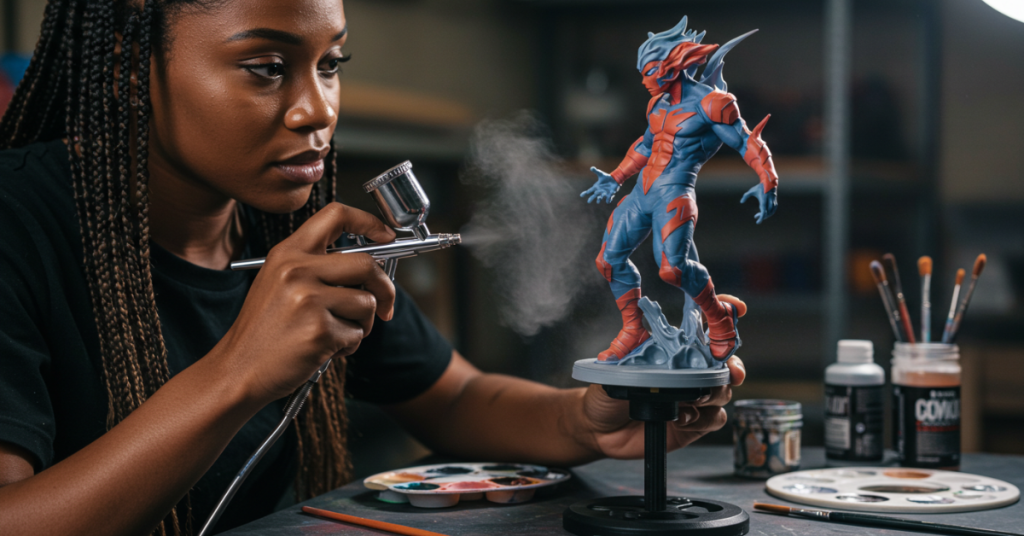
The Intricacies of 3D Printing
While 3D printing offers unparalleled creative freedom, it also comes with its own set of challenges. Addressing these obstacles is crucial for achieving high-quality prints, especially in the detailed work of creating comic characters.
Material Issues
One common challenge is material-related issues like warping or inconsistent extrusion. These can be mitigated by ensuring proper bed adhesion, using the right printing temperature, and employing enclosures to maintain a consistent environment.
Precision and Detail
Achieving high precision and detail, essential for comic characters, can be challenging. Solutions include calibrating the printer accurately, using high-resolution printers like SLA or DLP, and optimizing model designs for 3D printing.
Support Structures
Removing support structures without damaging the model is a delicate task. Using soluble supports
or designing models that require minimal support can be effective strategies.
Post-Processing
Post-processing, such as sanding and painting, requires skill and patience. Achieving a professional finish might involve multiple steps of sanding, priming, and painting.
Software Challenges
Software issues, such as model slicing errors, can impede the printing process. Keeping software updated and using reliable slicing tools can help overcome these problems.
Continuous Learning and Adaptation
The field of 3D printing, especially for intricate designs like comic characters, demands continuous learning and adaptation to new techniques and materials. Overcoming these challenges is part of the journey, leading to rewarding results.
Community & Collaboration: The Pillars of Evolving 3D Print Designs
The Collective Power of the 3D Printing Community
The 3D printing community plays a pivotal role in the evolution of print designs, especially in the realm of comic character creation. This collaborative ecosystem is a melting pot of ideas, skills, and feedback, driving innovation and refinement in 3D printing.
Sharing Knowledge and Resources
Community forums and platforms are treasure troves of shared knowledge, from troubleshooting tips to software recommendations. Members often share their own designs, which can serve as inspiration or a foundation for others’ projects.
Collaborative Design and Feedback
The iterative process of design is significantly enriched by community feedback. Creators can share prototypes of comic characters, receiving constructive criticism and suggestions that refine and enhance their designs.
Open-Source Contribution
The open-source movement within 3D printing has led to a plethora of freely available designs and software, fostering an environment of collective growth and learning. This has been particularly beneficial for newcomers and hobbyists.
Challenges and Collaborative Solutions
When faced with technical challenges, the community often comes together to find solutions. This collaborative problem-solving approach accelerates learning and innovation in the field.
A Synergetic Ecosystem
The 3D printing community is a testament to the power of collaboration and shared passion. It’s a dynamic and supportive environment that continually pushes the boundaries of what can be achieved in 3D printed comic character design.
Future of 3D Printed Comics: Envisioning Tomorrow’s Trends and Possibilities
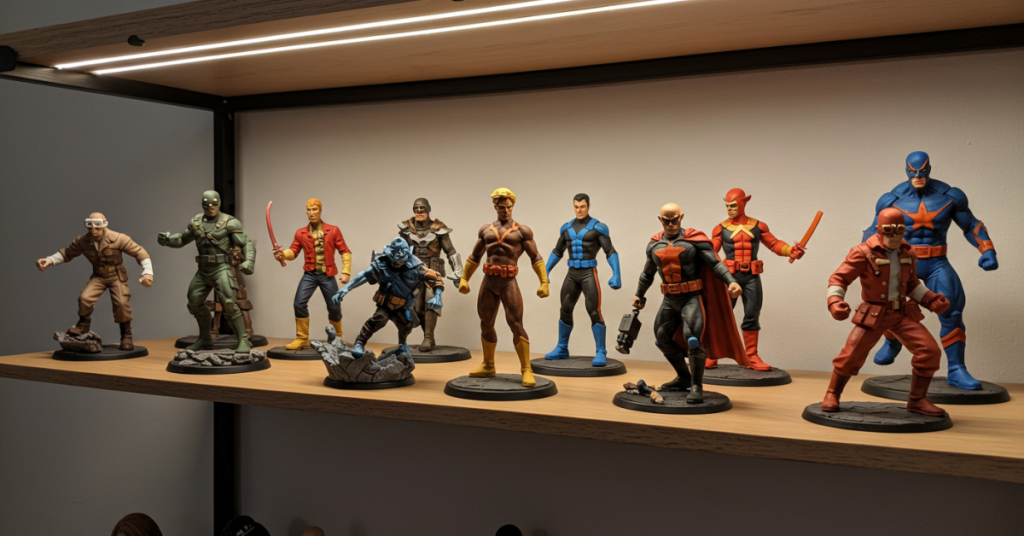
The Frontier of 3D Printing in Comics
The realm of 3D printed comics is poised for exciting developments. As technology advances, we can anticipate significant trends and possibilities that will redefine how we interact with comic characters and narratives.
Enhanced Realism and Detail
Future advancements in 3D printing technology promise even greater levels of detail and realism.
This could lead to the creation of comic characters that are virtually indistinguishable from their handcrafted counterparts, offering a more immersive experience for fans.
Interactive and Augmented Reality Comics
The integration of 3D printing with augmented reality (AR) could revolutionize storytelling in comics. Imagine 3D printed figures that come to life through AR, adding a dynamic and interactive layer to the comic reading experience.
Customization and Personalization
Advances in 3D printing may allow fans to customize their favorite characters, modifying everything from poses to costumes. This personalization will enable a deeper connection between fans and the comic universe.
Sustainable Materials and Practices
As sustainability becomes a priority, the future of 3D printing in comics will likely see a shift towards eco-friendly materials and practices, aligning with global efforts to reduce environmental impact.
A World of Limitless Possibilities
The future of 3D printed comics is not just about technological advancements; it’s about opening up new ways for storytelling, fan engagement, and creative expression. As we look ahead, the possibilities seem as boundless as the imagination itself.
Conclusion
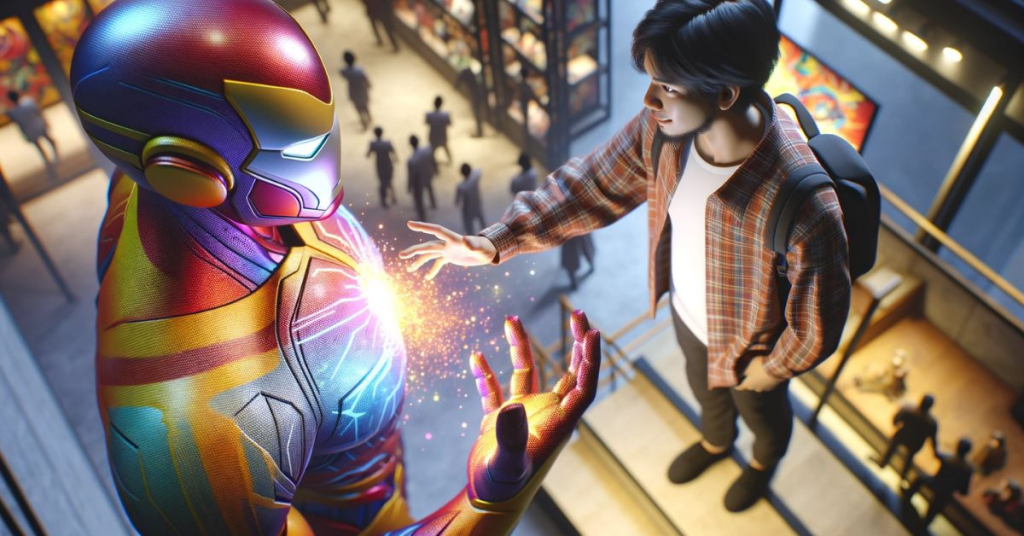
As we conclude this exploration, it’s clear that the integration of 3D printing into the world of comics is more than a technological advancement; it’s a cultural and artistic revolution. This fusion has not only given a new dimension to comic characters but also opened up unprecedented avenues for storytelling, fan interaction, and creative expression. The journey of 3D printing in comics is a vivid example of how technology can enhance art, bringing characters to life and making stories more tangible. It underscores the limitless potential of human creativity when coupled with innovative technology. As we move forward, this synergy promises to continue evolving, reshaping our experiences with comics and 3D printing in exciting and unimaginable ways.
FAQs:
- Can any comic character be 3D printed?
Most comic characters can be transformed into 3D models, but the complexity of the design and the character’s details may affect the printing process. Some intricate designs might require advanced 3D printing techniques. - How long does it take to 3D print a comic character?
The time varies greatly depending on the size and complexity of the model. Smaller, less detailed figures can take a few hours, while larger or highly detailed models may require several days. - What materials are used for 3D printing comic characters?
Common materials include PLA and ABS plastics for FDM printers, and resin for SLA/DLP printers. Each material offers different properties in terms of finish, durability, and color. - Are 3D printed models durable?
Durability depends on the material used and the printing technique. Some materials, like certain resins and nylons, offer high durability, making the models suitable for handling and display. - Can I paint my 3D printed comic character?
Yes, 3D printed models can be painted. It’s recommended to use a primer first and then apply acrylic paints for the best results. Special techniques may be required for different materials.


